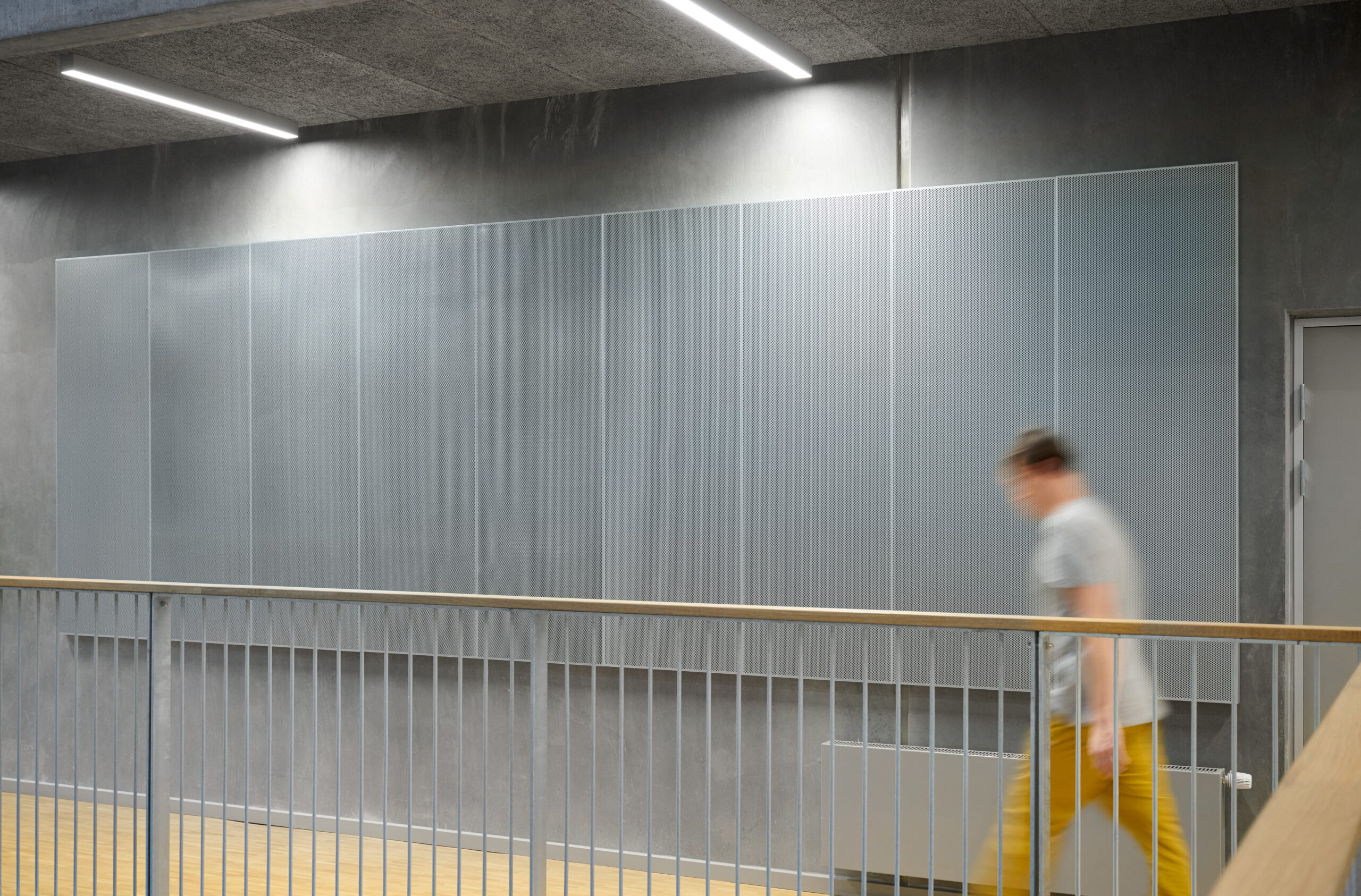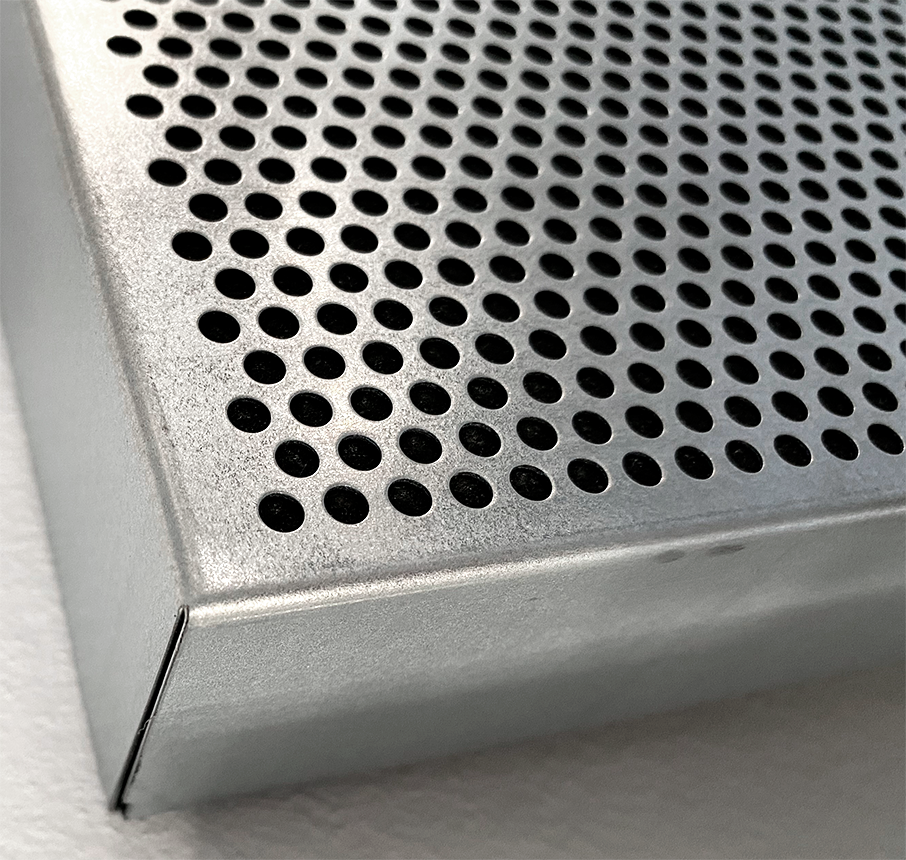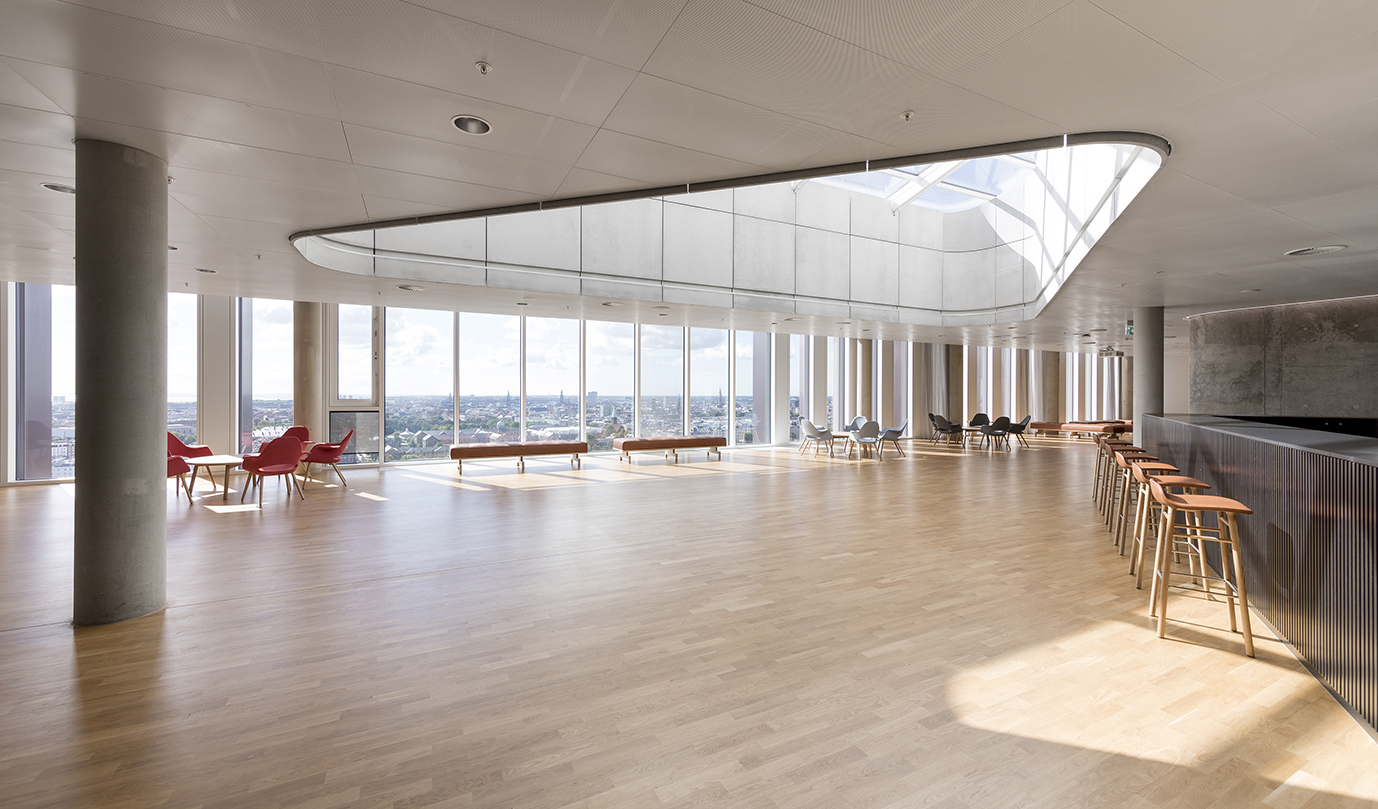How to create a good acoustic environment

Acoustics are an important factor in our everyday life. We cannot see the acoustics, and usually, we don’t think about it during the day – this of course, unless the acoustics are not right. Then we notice it right away or it sneaks up on us in the form of e.g., headaches. Acoustics has a huge impact, regardless of whether it is in the workplace, in the classroom, or in our private living room. We are less effective, our ability to focus decreases, and our surplus of mental resources disappear.
Read much more about what acoustics actually are in this article.
Create suitable acoustics for the specific room
Let us be honest, there is no golden answer for, how you create suitable acoustics. However, several factors need to be considered when looking at creating suitable acoustics for the specific room.
Depending on the room, we have different needs for the acoustics. There is a big difference between the needs in a classroom versus an open-plan office.
In the classroom, we need the sound to travel, so that both the students in the front and the back can hear what the teacher is saying. The opposite is needed in the open-plan office, where we want to avoid the sound to travel too much.
It is therefore very important to focus on the use of the room when working on creating a suitable acoustic environment.
The different absorbents
To create a good and customized acoustic environment we need to add sound absorbents to the room so that we can reach the optimal reverberation time. Sound-absorbing elements can be many things: carpet, acoustic wall panels, acoustic ceilings, or other elements, which help to stop the sound.
Typical we are differentiating between three sound absorbents:
- Porous absorbent
- Membrane absorbent
- Resonance absorbent
You can learn more about the different absorbents and their unique features here.
Depending on the sound-absorbing element, each element has the ability to absorb the sound, this is denoted by the absorptions coefficient and is indicated by Alpha (a). To start with we want the sound-absorbing elements to have an Alpha value as close to 1 as possible, as this means that all sound sent towards the element will be absorbed.
The Alpha value also determines which acoustic class the sound-absorbing element is a part of. The absorption classes are designated A-E, where absorption class A has the highest sound absorption.
A myth in the world of acoustics
If working with acoustics was simple, then the solution for creating a good acoustic environment would be to just add a lot of sound-absorbing elements in class A to each room.
But this is not the case. It is a myth, that the more sound-absorbing elements you add to a room, the better the acoustics will be.
If you add too many sound-absorbing elements in a high absorption class, the sound will be “killed”, as it will create a too short reverberation time, which will result in a bad and uncomfortable acoustic environment.
It is therefore important to create a synergy between the function and the acoustics of the room. An acoustic ceiling covers a big surface in a room and is one of the best ways to optimise the acoustics, but keep in mind that a ceiling in acoustic class A might be too much, and a lower class will be a better choice. However, it all comes down to the intended use of the room.
Qualified knowledge and advice
When working with acoustics, there are many parameters to take into consideration. It is therefore important, to get the right counselling from professionals, ensuring that the solution you choose solves your acoustic needs and that you do not end up with too many or too few sound-absorbing elements.
It is also important to secure, that your selected sound-absorbing materials work as intended, so be sure to choose elements, which have been tested thoroughly and with the right documentation.
You are always welcome to contact us by email at dampa@dampa.dk or telephone: +45 6376 1300 for a talk about solutions for your acoustic needs.
Related news




Do you want to know more?
Let our experienced team contact you to find the perfect ceiling solution for your project.